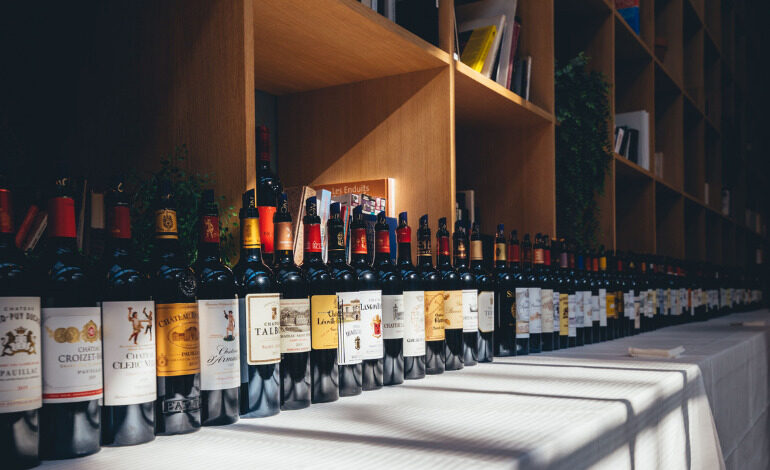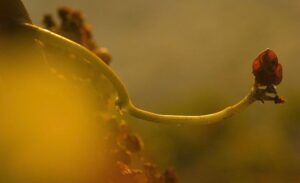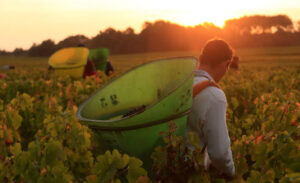Report on the 2023 Vintage “En Primeurs”


As an introduction to the traditional report on the vintage, discover the 10 key points by Axel Marchal, Professor at the Oenology Research Unit of the Institute of Vine and Wine Sciences.
Presentation of the 2023 Vintage “En Primeurs”
Pr Axel Marchal
1. Slightly later than usual bud break, linked to weather conditions close to the seasonal average, helped to prevent damage from spring frosts.
2. Flowering was incredibly rapid and homogeneous and unfolded in good conditions, promising generous potential yields.
3. During spring, alternating high temperatures and rainfall led to the development of mildew. While the damage was not systematic, it was sometimes very significant, particularly in the Merlot plots. This phenomenon contributed to the wide difference in yields at harvest time.
4. The lack of water stress during fruit set was propitious to the vegetative growth of the berries, while the mildew threat persisted.
5. Although hot and dry overall, the month of July suffered from a lack of sunshine. Véraison (colour change) began quickly just after mid-July, then spread out over nearly one month. Vine growth continued in the majority of terroirs.
6. Following further storms at the start of the month, the weather changed drastically in mid-August and a heatwave set in towards the end of the month. Ripening began in dry and extremely hot conditions.
7. September was once again particularly conducive to producing ripe, healthy and abundant grapes. The Merlot harvest began in early September while the Cabernet harvest got off to a somewhat hasty start due to fears of storms.
8. The berries were rather large, with lower sugar levels compared to 2022, good acidity and sometimes high phenolic potential.
9. The white grapes, picked mainly from late August onwards, are perfectly healthy and aromatic and show very promising balance.
10. In the Sauternes vineyards, rainfall from mid-September onwards was conducive to the widespread development of Botrytis cinerea in ripe, healthy grapes. The quick return to fine weather and exceptionally hot and dry conditions at the end of the month accelerated their concentration. The sweet white wine harvest unfolded over two weeks and the resulting must was remarkably rich and acidic.






